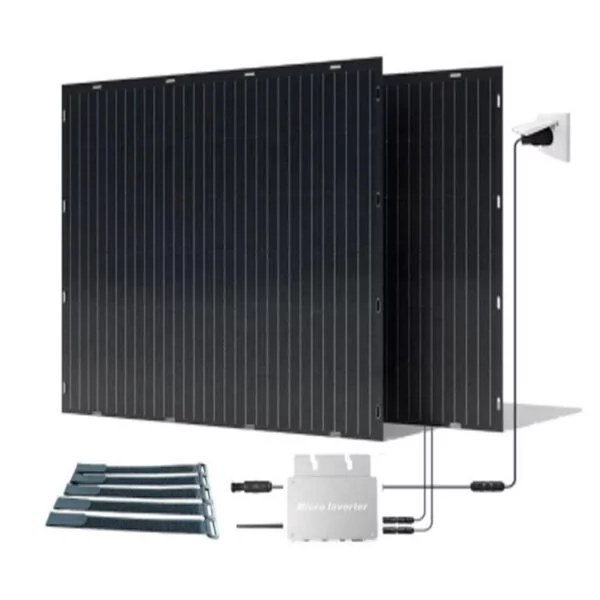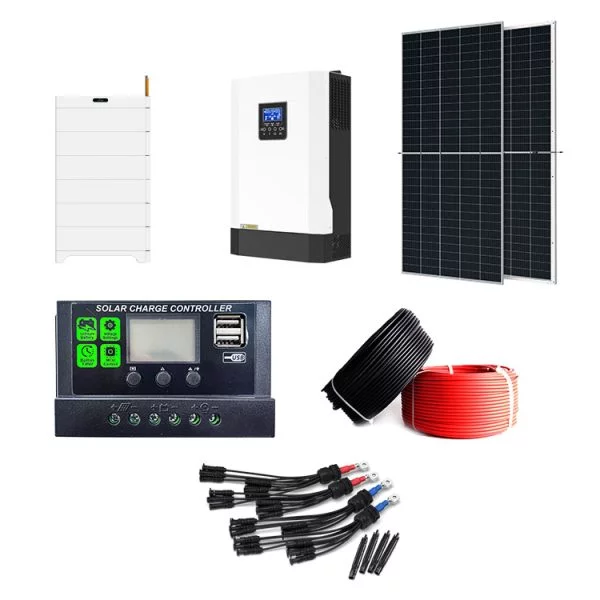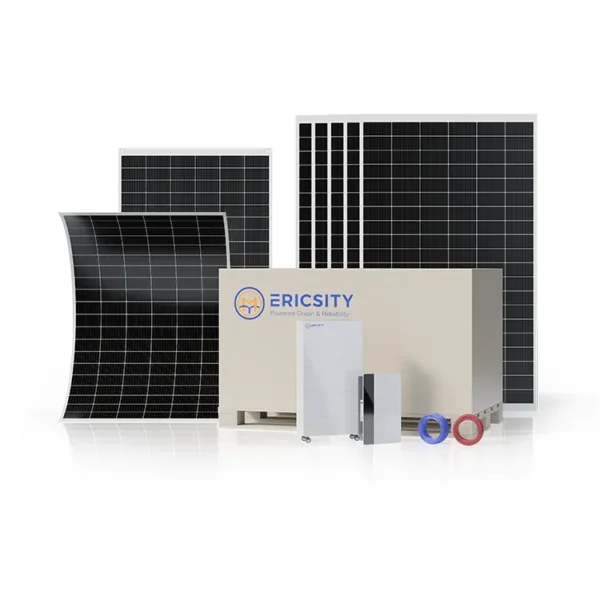HOT PRODUCT
Product Details
amorphous Flexible Solar Panels For Electric Vehicles
Title: Amorphous Flexible Solar Panels for Electric Vehicles
Introduction (50 words):
The continuous rise in global greenhouse gas emissions has prompted the search for sustainable alternatives to traditional energy sources. Electric vehicles (EVs) have gained significant traction as a solution to reducing carbon emissions. However, the limited driving range of EVs remains a concern. Amorphous flexible solar panels offer a promising solution to this challenge by harvesting solar energy to supplement vehicle batteries.
1. What are Amorphous Flexible Solar Panels? (100 words):
Amorphous flexible solar panels, also known as thin-film solar panels, are a lightweight and flexible alternative to traditional photovoltaic panels. Unlike their rigid counterparts, amorphous solar panels are made from non-crystalline silicon. This unique feature allows for greater flexibility, making them ideal for integration into a variety of surfaces, including curved ones. These panels can efficiently harness solar energy even under low-light conditions, making them an excellent choice for EVs, which often operate in varying weather and lighting conditions.
2. Key Advantages for Electric Vehicles (150 words):
Amorphous flexible solar panels present numerous advantages when integrated into electric vehicles. Firstly, their flexibility enables them to be seamlessly integrated onto a vehicle’s surface, such as the roof, hood, or doors. This integration not only enhances the aesthetics of the vehicle but also maximizes solar energy absorption.
Secondly, amorphous flexible solar panels have a high conversion efficiency, allowing them to convert a significant portion of sunlight into electricity. This additional power generated can be used to supplement the EV’s batteries, thus extending the vehicle’s driving range and decreasing the charging frequency.


Furthermore, the lightweight nature of these panels minimizes the energy required for transportation and installation, resulting in a more sustainable manufacturing process overall. Additionally, amorphous thin-film solar panels tend to perform better under partial shading conditions compared to traditional crystalline solar panels, making them a reliable option for EVs that may encounter shading from trees or buildings.

3. Current Applications and Challenges (150 words):
At present, amorphous flexible solar panels are employed in a range of applications beyond EVs. They are extensively used in portable electronic devices, solar-powered backpacks, and even solar-powered clothing. However, their integration into the automotive industry is still in the early stages, with significant development needed to optimize their efficiency and durability in harsh automotive environments.

A challenge faced by these panels is their lower conversion efficiency compared to traditional solar panels. Although advancements are being made to improve their efficiency, achieving competitive levels remains a focus for researchers and manufacturers.
Additionally, the long-term reliability and durability of amorphous flexible solar panels under real-world driving conditions is yet to be fully established. Continuous exposure to temperature variations, vibrations, and physical stress from road conditions can impact their performance and lifespan. However, ongoing research and development aim to address these challenges and enhance the viability of these panels for automotive applications.
Conclusion (100 words):
Amorphous flexible solar panels hold significant potential to enhance the capabilities and sustainability of electric vehicles. Their flexibility, high conversion efficiency, and ability to perform under low-light conditions make them a compelling choice for integrating solar power into EVs. Although challenges exist, continued advancements in technology and manufacturing processes are expected to improve their efficiency, reliability, and durability. As the demand for electric vehicles rises, amorphous flexible solar panels present an opportunity to extend driving ranges, reduce reliance on traditional charging methods, and contribute towards a greener future.




